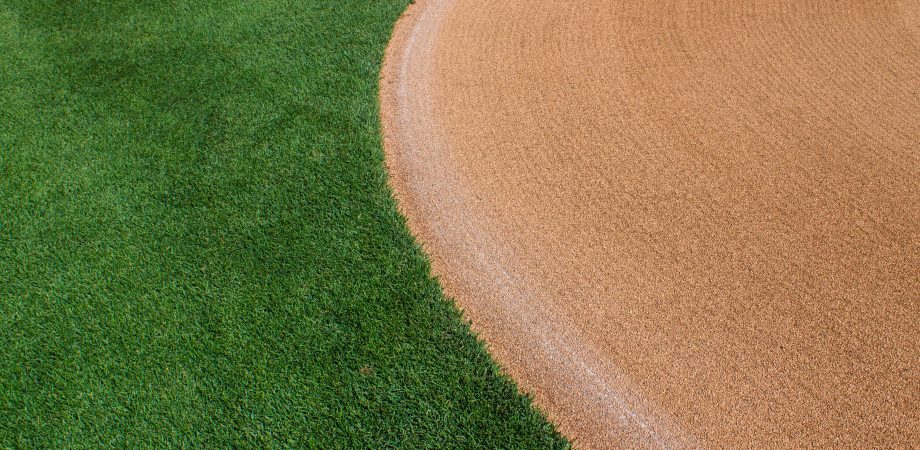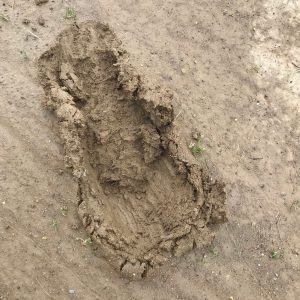Native or Engineered Infield Soil, That Is the Question

Selecting the right skinned infield surface is vital to the safety and playability of a baseball or softball field, and your choices will come down to engineered infield soil or native soil. Which is better? You be the judge.
Native Soil
Native soils are usually harvested from creek beds locally and mixed with sand via a wheel loader. This type of mixing is very inconsistent, making every load slightly different from the last and testing critical.

Locally-sourced, native soils are composed of sand, silt, and clay. However, they tend to be high in silt. Silt becomes soft after a rain event and quickly reaches its saturation point. As a result, it usually takes a long time to dry out and can cause a delay or even the cancellation of play.
When native soils are dry, they tend to be extremely dusty and hard. The dust plays a factor on dry, windy days when it causes debris to get into players’ eyes. In some instances, play becomes paused until the wind gusts die down.
Engineered Infield Soil
Like native soils, engineered infield soils are also a mix of sand, silt, and clay. However, the components are balanced based on the soil makeup determined for the location and level of play. Recreation fields have a low percentage of clay, while college and professional fields have a higher percentage.
Rather than being harvested from the ground locally and mixed, the components of engineered infield soil are blended using a computer. The computer controls the sand, silt, and clay percentages and loads the materials into separate hoppers. It then releases the proper percentage of each component and sends them down a conveyor belt to make the mix the same on every load. These mixes are more stable, reducing the dust factor and controlling the silt.
Other Engineered Infield Soil Considerations
- The structure of engineered infield soil remains stable when wet, so slipping and sinking are minimized.
- Because the structure remains stable, the engineered soil mixes are much more firm after a rain event and become playable quickly.
- Engineered infield soil will not migrate or become dusty in the summer.







